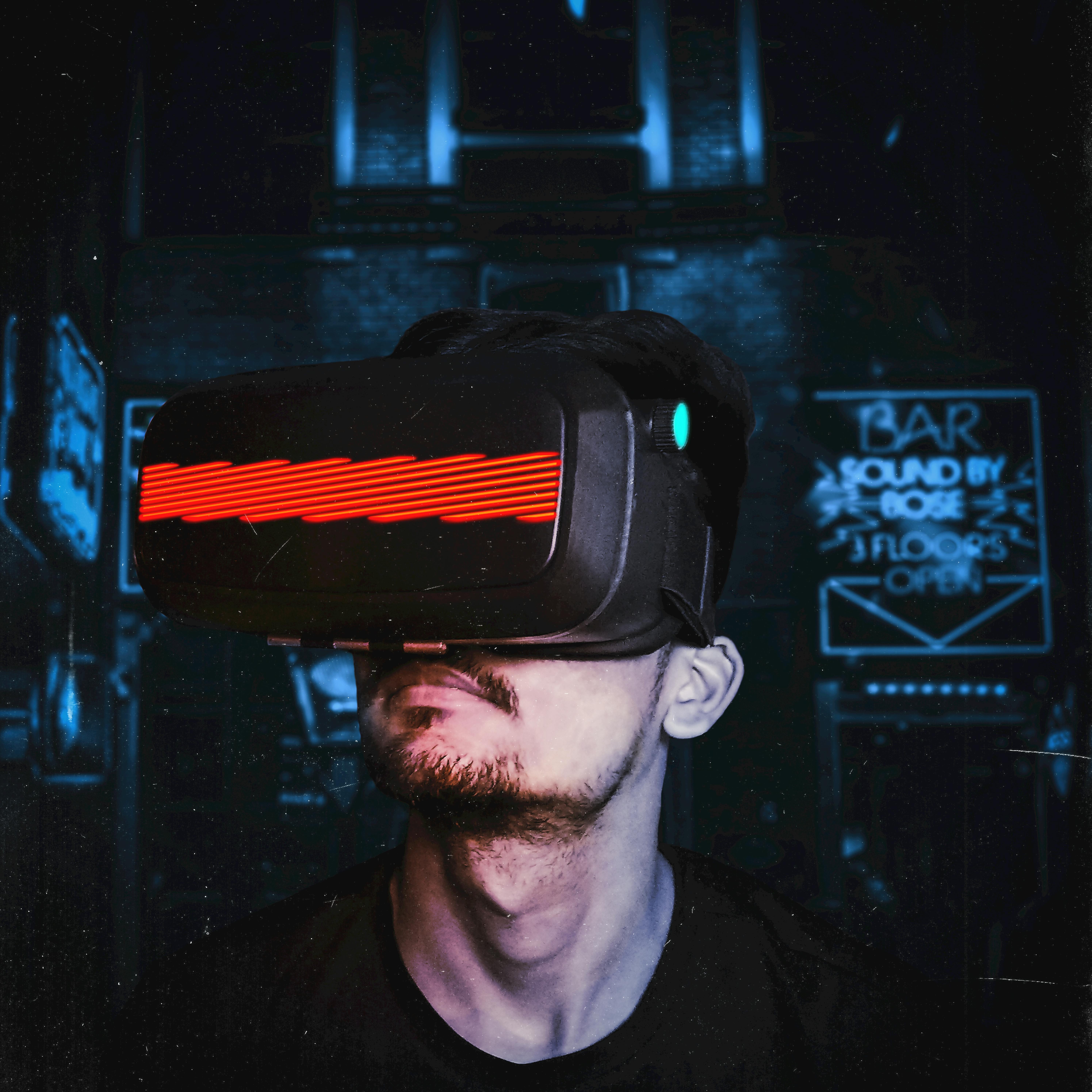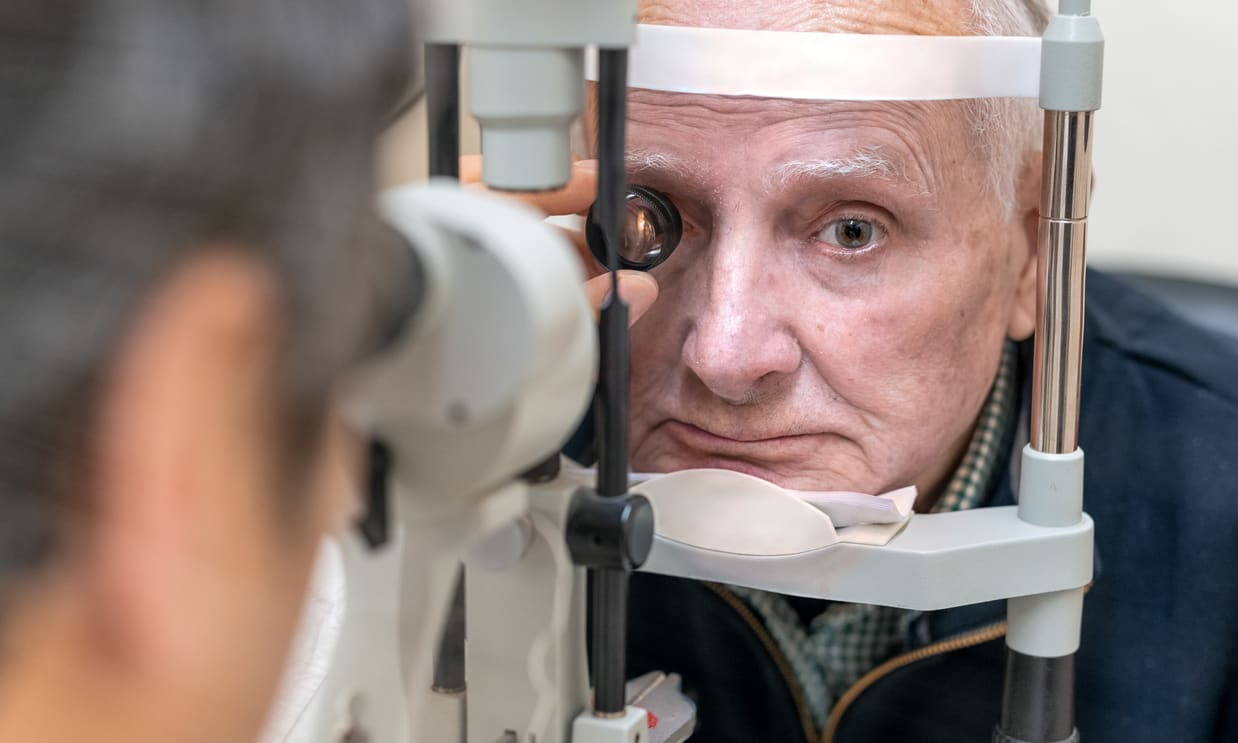The Intricate Tapestry of Virtual Reality in Modern Art
In the constantly evolving landscape of the arts and entertainment industry, the immersion of virtual reality (VR) in modern art is a game changer. This article takes a deep dive into the intersection of technology and artistry, revealing how this amalgamation is redefining the contours of creative expression.

A Deep Dive into Virtual Reality: The New Canvas for Artists
Circling back to the 1950s, Morton Heilig’s Sensorama, the first-ever VR machine, paved the way for the marriage of technology and art. From there, a slow yet steady evolution began. However, it wasn’t until the 21st century that VR found its feet in the world of art. The advent of powerful VR platforms like Oculus Rift and Google’s Tilt Brush in the mid-2010s offered artists a new canvas to paint their imaginations.
The Present Scenario: A Technological Revolution in Art
Today, the use of VR in art is widespread. Artists leverage this technology to create immersive and interactive experiences, pushing the boundaries of traditional art. For instance, renowned digital artist Android Jones has been creating VR art with his project, Microdose VR, turning spectators into participants. Furthermore, institutions like the Museum of Other Realities are dedicated to showcasing VR art, highlighting its growing prominence in the contemporary art scene.
Impact and Significance: An Artistic Revolution
The infusion of VR in modern art has revolutionized the way we perceive and interact with art. It has blurred the line between observer and participant, offering an immersive, multidimensional experience. Moreover, it has democratized art, making it more accessible to a wider audience. In the words of the artist, Ian Cheng, VR “allows anyone to experience something as if they were inside of it.”
The Reception: A Mixed Bag of Reactions
The reception of VR in modern art has been a mixed bag. While many laud the immersive and interactive nature of VR art, others critique it for distancing art from reality. Critics argue that the tactile pleasure of traditional art is lost in the digital realm. Despite the criticism, it’s undeniable that VR art is a burgeoning field with immense potential, reshaping the future of artistic expression.
Looking Ahead: The Future of VR in Modern Art
Despite the debates surrounding its authenticity and relevance, the future of VR in modern art seems promising. With advancements in technology, the scope for more sophisticated and immersive experiences is on the horizon. As artists continue to experiment and push the boundaries of this digital canvas, one can only expect the unexpected in the world of VR art.
To conclude, the intricate tapestry of VR in modern art represents a new frontier in creative expression. As we stand on the brink of this technological revolution, one thing is certain: the world of art will never be the same.




